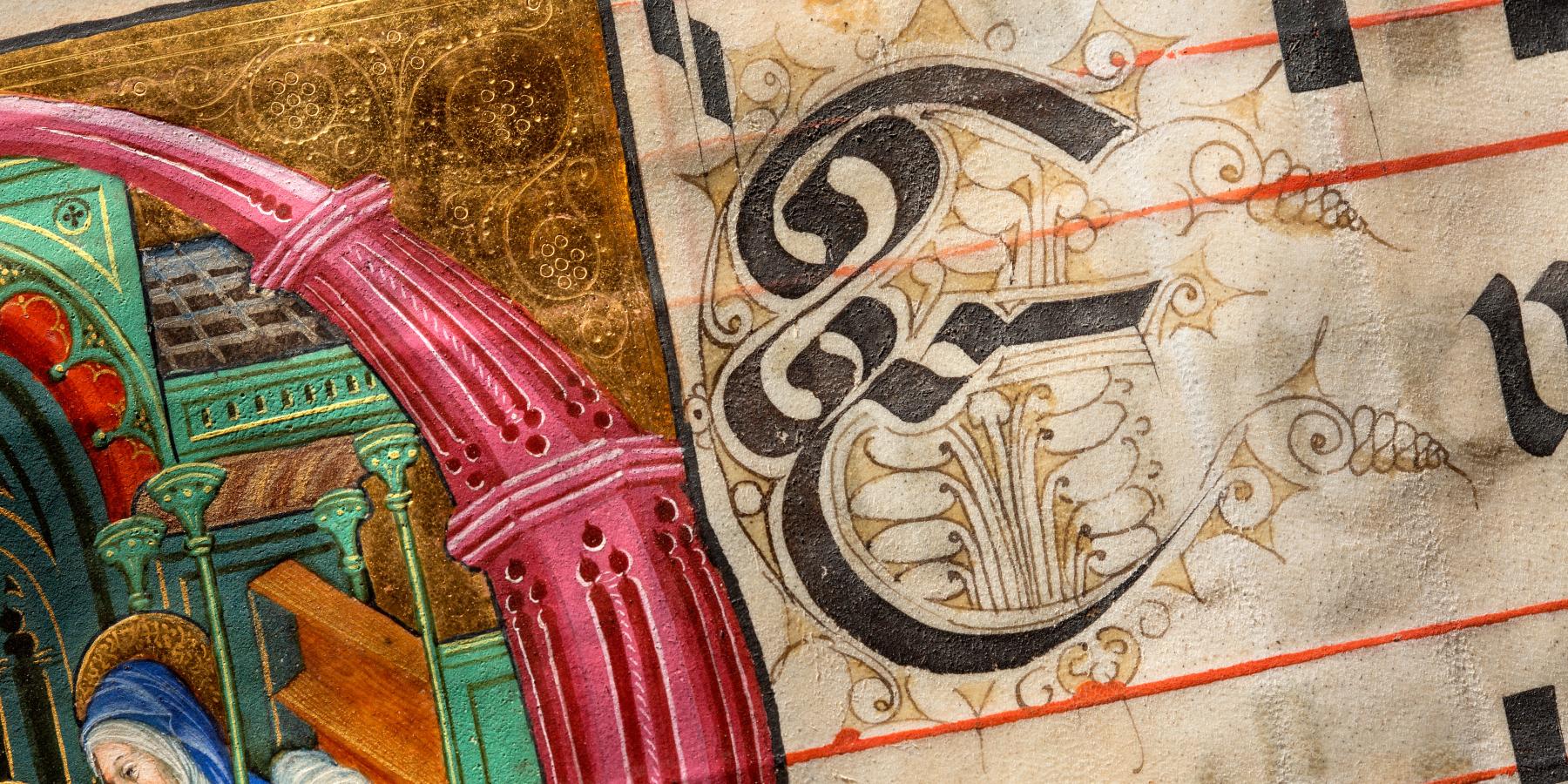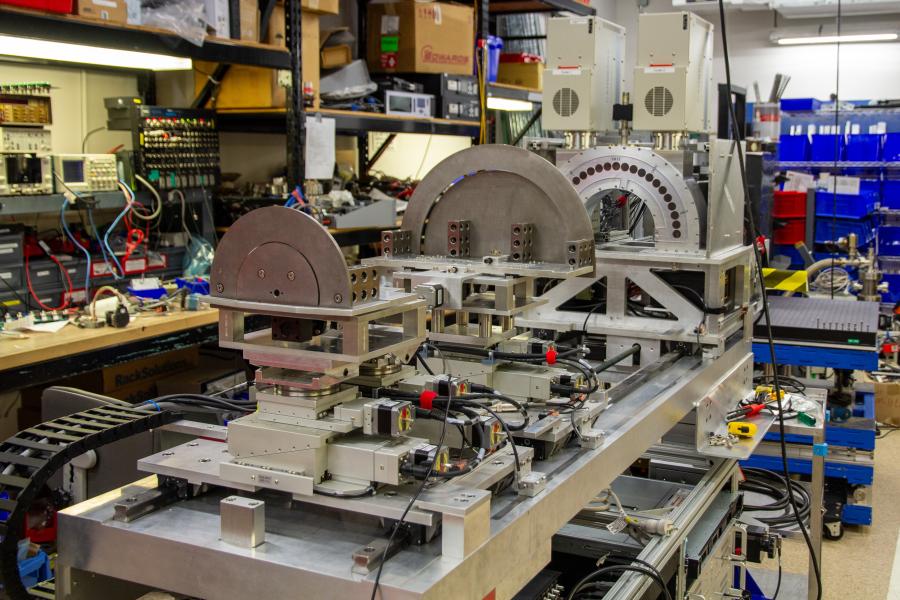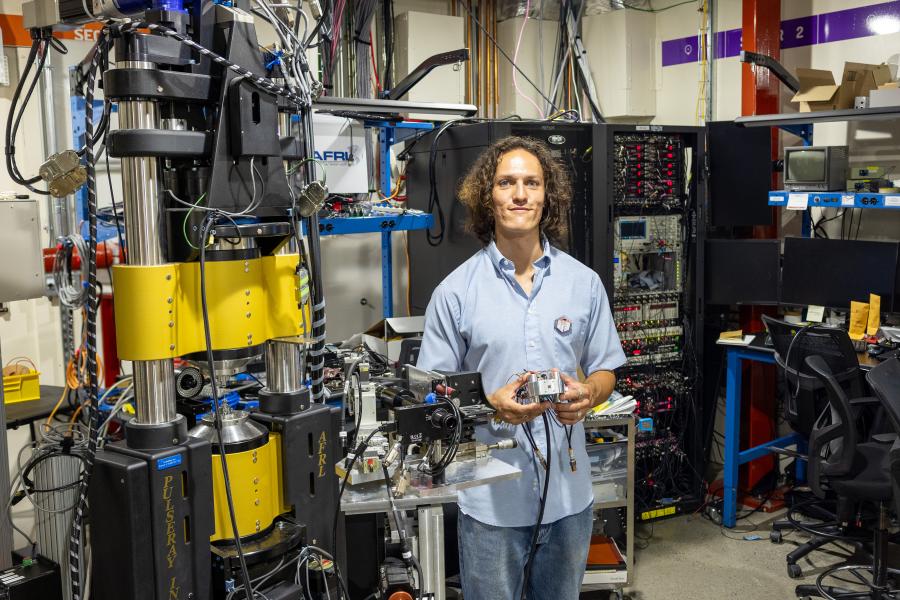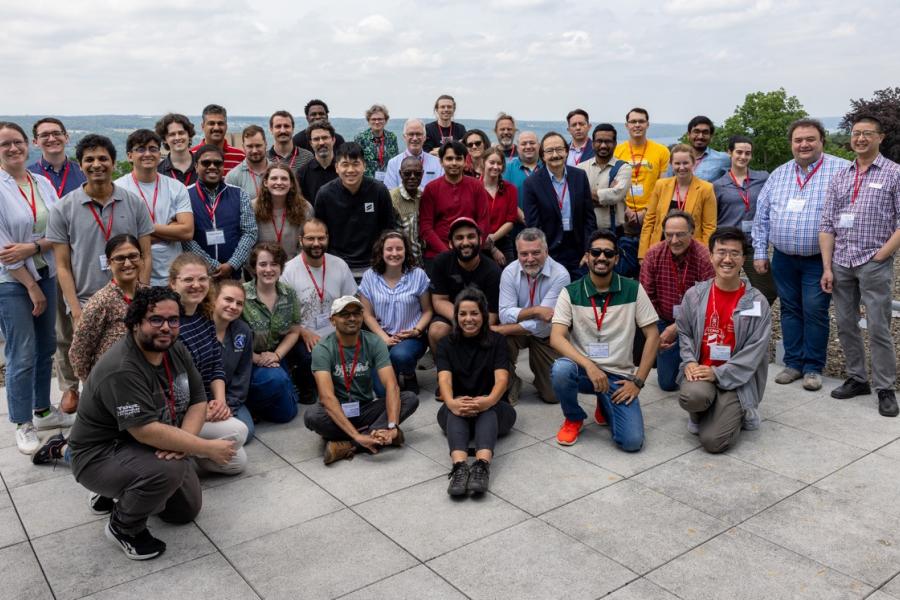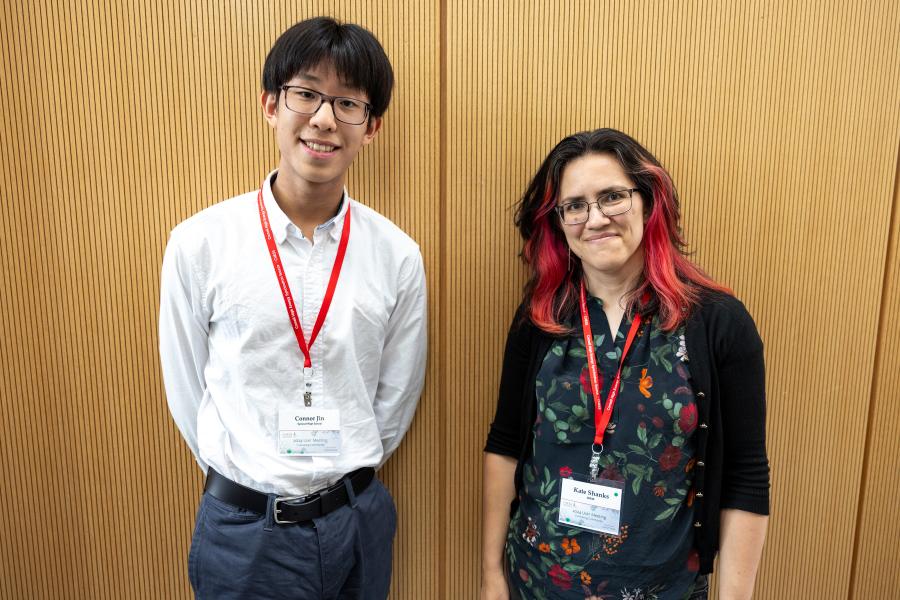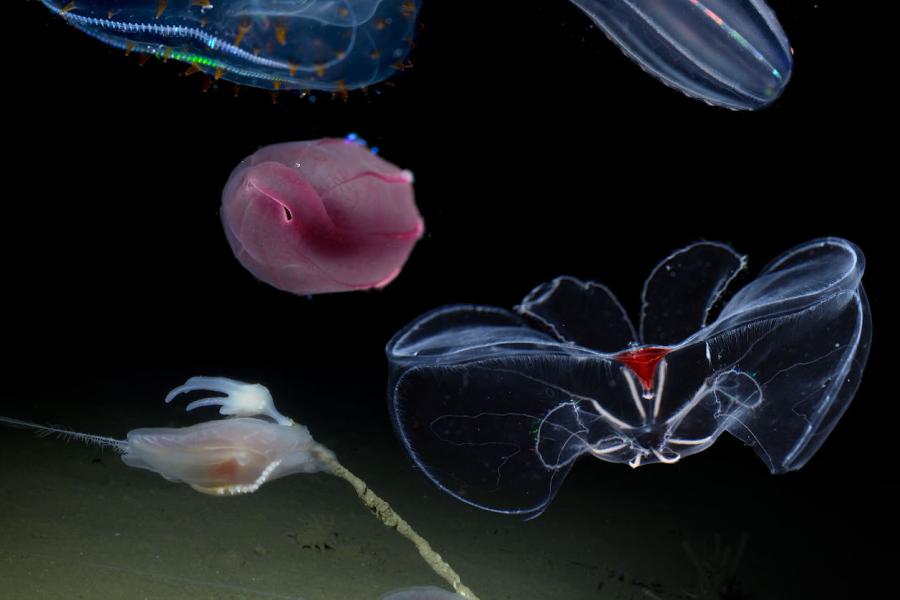Sidebar Menu (View Pages)
- Status
- ⌃ Science
- ⌃ Users
- ⌃ Facilities
- ⌃ Public
- Industry
- ⌃ About
Tags
Featured
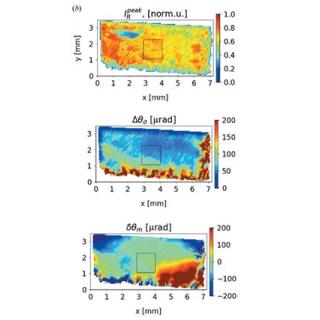
How Synthetic Diamonds Reflect X-rays
"A team of CHESS scientists cracked the problem for one of technologically important types of materials, chemically vapor-deposited (CVD) diamond crystals."
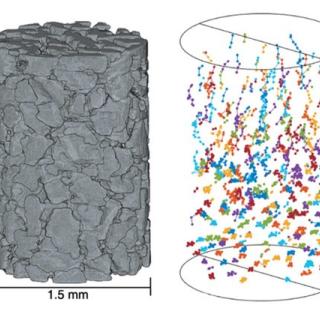
Shake, Rattle, and Roll: Studying the kinematics of Sand Grains during Compression
Granular materials are everywhere: they are underfoot in soils, sands, and snow and are also processed to create numerous food products, pharmaceuticals, and manufactured goods in our everyday lives.
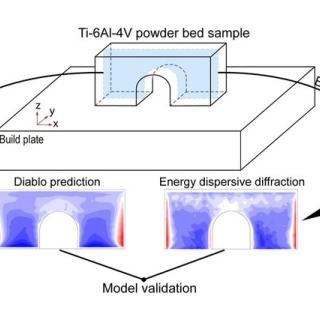
Using X-rays to Validate the Next-Generation of Thermo-Mechanical Processing Codes
Additive manufacturing or ‘3-D Printing’ of metallic alloys promises to revolutionize manufacturing with its ability to eliminate waste, enable the production of parts with complex shapes previously not possible, allow replacement parts to be built in remote environments (e.g. at sea or in space), and reduce the costs of creating replacement parts for legacy equipment.
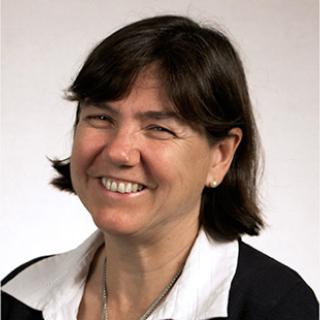
Catherine Royer named President-elect, Biophysical Society
Congratulations Cathy Royer, Chaired Constellation Professor in Biocomputation and Bioinformatics, Rensselaer Polytechnic Institute and CHESS User who has been elected President-elect of the Biophysical Society.

Luisa Whittaker-Brooks Named Talented Twelve
Congratulations, Luisa Whittaker-Brooks, University of Utah and CHESS User, who has been named one of the 2018 Talented 12 by Chemical & Engineering News. The nominees for the Talented 12 must be pre-tenure early career chemists "looking to push the boundaries in their fields."
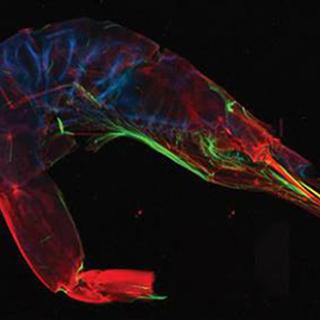
Validating field studies of metalloids in shrimp
While it is well established that arsenic accumulates in some seafood, the toxicity is dependent upon the specific arsenic species present and their concentration in the edible portion of the shrimp.
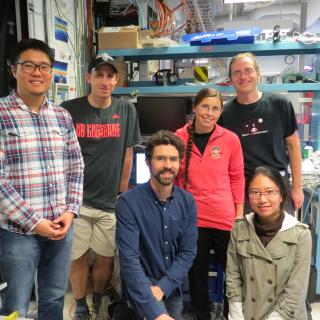
An all-diamond X-ray position and flux monitor using nitrogen-incorporated ultra-nanocrystalline diamond contacts
We present a radiation detector with single crystal synthetic diamond sensor which has CVD grown ultra-nanocrystalline electrical contacts.
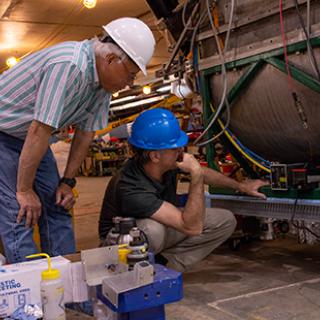
CHESS-U update, August 2018
The demolition phase of the CHESS-U upgrade project is complete, and the construction phase has commenced. Crews have been working double shifts in order to meet the self-imposed deadline to bring beam back to CHESS.
